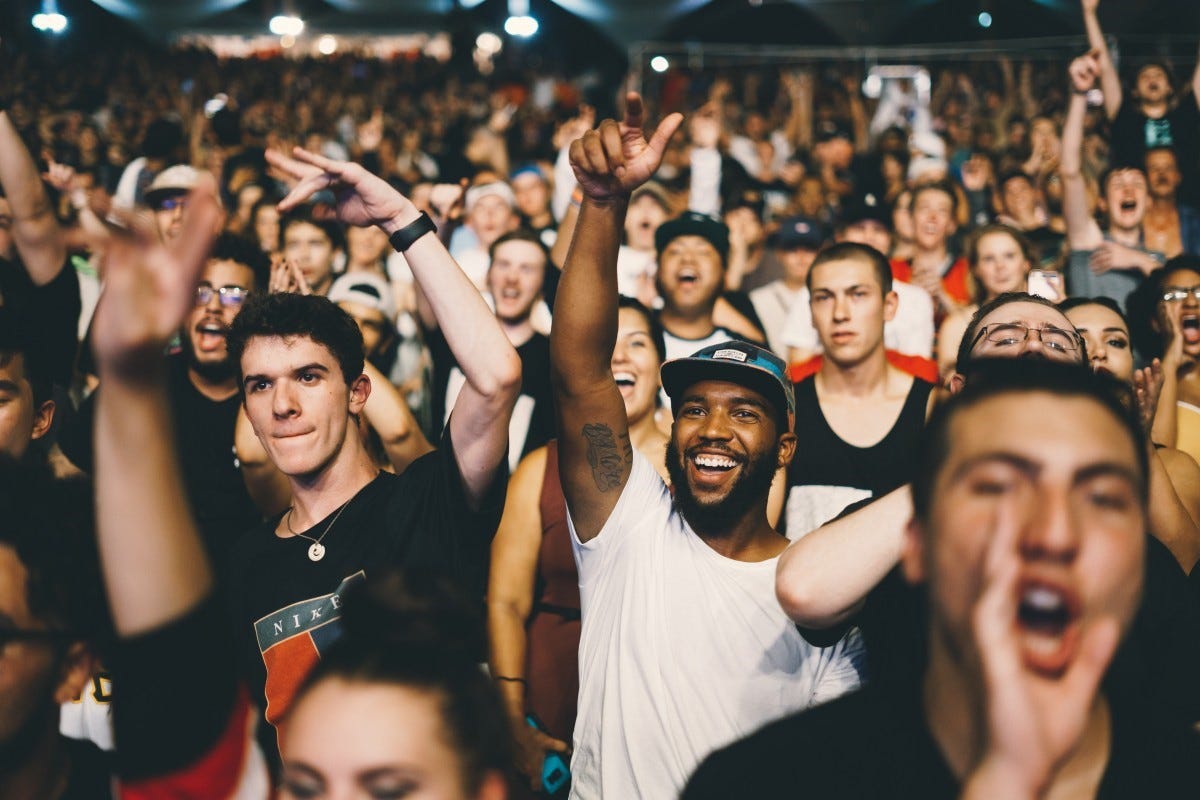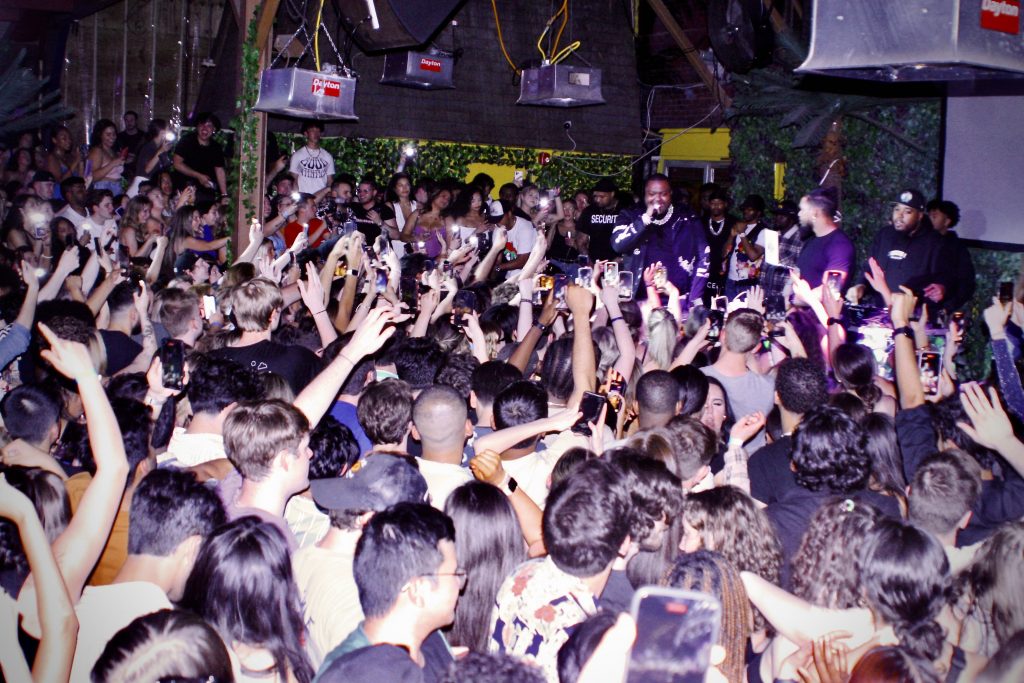
If you’ve been practicing your skills hard at home on your DJ controller for a long time, and want to graduate to your first gig, you may be wondering what skills you'll have to learn to make this big step.
The one essential skill which separates gigging DJs from bedroom DJs is the ability to crowd read – gauging what the crowd is after, and tailoring your DJ sets to the appropriate vibe. In this article, we’ll be taking a closer look at the best DJ tips for crowd-reading, and the steps you can take to improve this vital skill for DJing.

It may seem obvious, but the key difference between DJing at home and DJing at a venue is the presence of a crowd in a live setting. At home, there’s an audience of one – yourself. The only thing that matters is to practice your technical DJing skills, since you’re already playing records that you like anyway.
Once you start playing in a club, however, you’re going to need to learn to understand what kind of music the audience wants you to play – which will be a much more difficult task compared to when you’re playing at home for your own ears only!
How to practice reading a crowd
The best way to practice this understanding of what a dancefloor wants is to experience things from their perspective. Next time you’re on the dancefloor, take a look at the body language of the dancers around you. You’ll notice various different reactions to the tracks that the DJ plays. Some dancers may be disinterested, some may be dancing their usual two-step technique, and others may be going outright ballistic.

Look around you and think, if the dancefloor was one organism, what kind of mood is it in? Does it want to be brought up, brought down, or left alone? Your answers to these questions will decide the energy levels that the people on the dancefloor want.
At any one time, the crowd will want things to be turned up, turned down or left alone. As the DJ, it’s up to you to decide when it's best to make these changes.
How to keep the crowd engaged
Once you’ve figured out the energy level of music the dancefloor wants, another important question to ask is – what kind of music does the dancefloor want? This is often a very contextual question to answer: what club, city and country are you in? Are you playing at a deep house night in Detroit, or a student bar night in Manchester?
The crowd at the former is probably going to be more open and interested in music that they’ve never heard before, whilst the crowd at the latter will most likely want to hear the hits and not much else. These are considerations you can make before your gig to be prepared for your set, but are useful to keep in mind during your set as well.

If you’re DJing at a mainstream student event, it’s probably not the best place to experiment with your obscure Belgian techno.
Once you’re playing music, it can be useful to try and gauge what the crowd wants based upon its demographic. Without being too judgemental, you can make a fairly decent educated guess as to the kind of music a crowd may want based on its makeup. What age are the crowd? What clothes are they wearing? Have they drunken a lot, or nothing at all?
If you have a good knowledge of a wide range of different musical genres, you should be able to figure out fairly quickly what genres in your library are ‘crowd-appropriate’ for that particular moment in time.
Playing the right genre
After you’ve been playing for a while, you may realise that your suspicions weren’t exactly spot on in the first place. They’re wearing leather jackets, but they’re not into rock music at all!
You’ll want to hone your eye in on how the crowd are responding to the different types of music in your library. Conduct experiments by playing a range of different records. If they didn’t like The Killers, they might like some Crystal Waters. If that gets a better reaction, they clearly like classic house more than they like rock and roll.
From there, you can focus your selection of music by playing different sub-genres of house, watching for different types of reaction as you hone in on the specific kind of music that your audience wants. Over time, you’ll establish a good knowledge-base of how different types of crowd react to the different tracks you have in your library. Useful information for the rest of your set, and gigs in the future.
How to interact with the crowd
Once your audience has started dancing, you’ll want to keep them on board with some crowd interaction. Make eye contact with dancers every now and then, so that you’re constantly gauging what vibe is called for.
If the crowd starts to look bored with one track, you may want to keep them engaged by mixing quickly. If they’re really enjoying the track you’re playing – let it play out! If you become really familiar with your DJ equipment, you'll be able to react quickly to what the audience wants - so that if you play the wrong track, you can recover quickly with the right one.
Overall, the best way to learn how to read a crowd is to play out as often as you can. This may involve taking your DJ gear as a mobile DJ to some gigs that you wouldn't necessarily want to play - such as weddings. Crowd-reading is the most transferable skill a DJ can take between different types of gigs. After enough experience, you’ll have no problem figuring out the vibe of a night with just one glance, and people will be dancing in not time.
Want to learn how to level up the energy in your DJ sets? Check out our video course with Harriet Jaxxon where you'll learn how to manage the energy levels and keep the crowd dancing all night.
If you're ready to upgrade your music career, check out our amazing video courses from today's best electronic artists and industry pros here at Virtuoso.